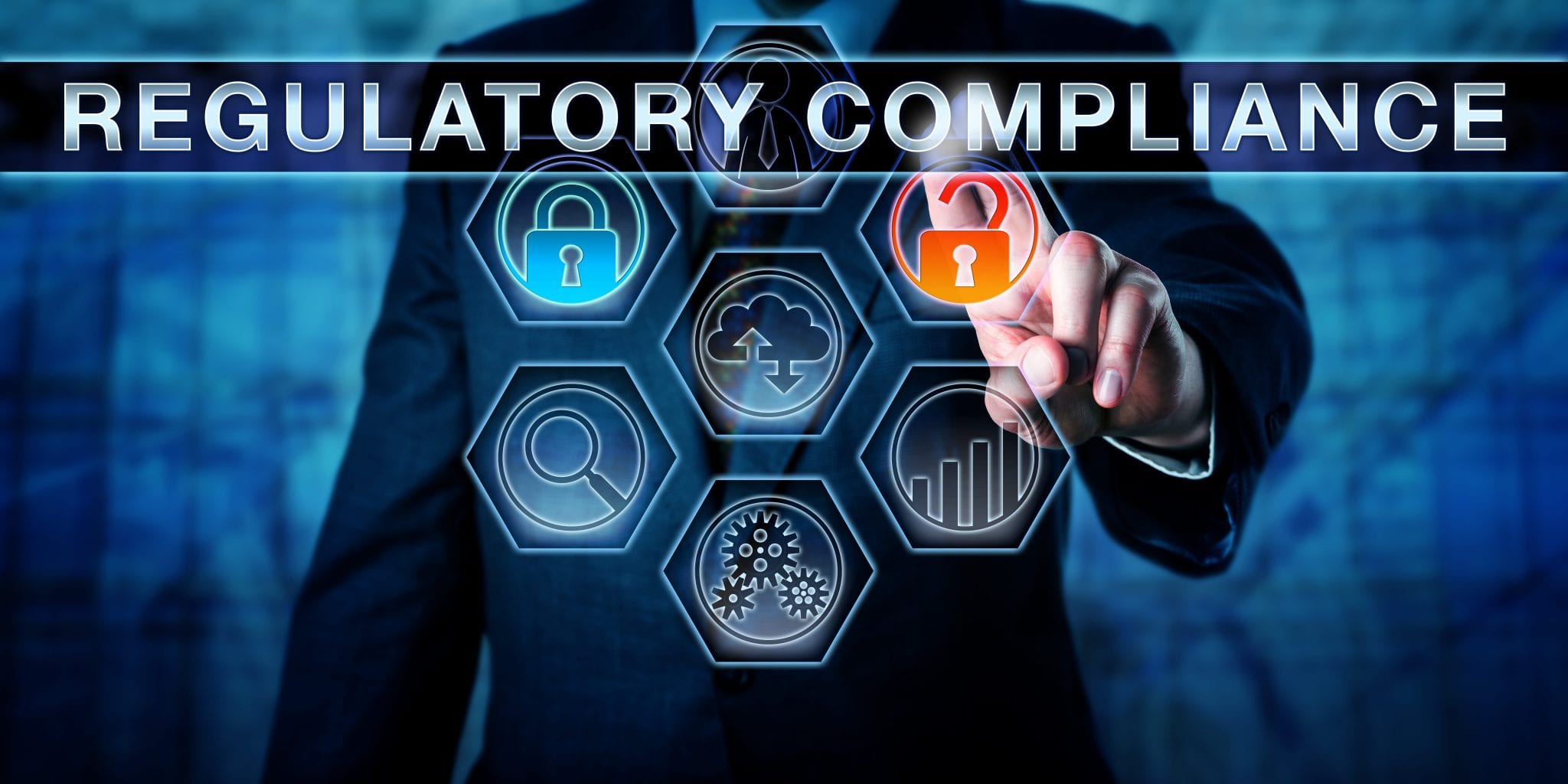[vc_row][vc_column][vc_column_text]
How IoT in education is changing the way we learn
Article written by Andrew Meola from businessinsider.com.
The Internet of Things, the connection of devices (other than standard products such as computers and smartphones) to the Internet, is in the process of transforming numerous areas of our everyday lives. And while it might not seem like an obvious application of the IoT, education is on that list.
The Internet has deeply rooted itself into our schools, and e-learning has become common practice in the American school system. But the applications of the IoT in education are numerous, and the implications for this disruption are tremendous.
The rise of mobile technology and the IoT allows schools to improve the safety of their campuses, keep track of key resources, and enhance access to information. Teachers can even use this technology to create "smart lesson plans," rather than the traditional stoic plans of yesteryear.
Below, we've compiled a list of IoT education examples, including the uses of the IoT in higher education, the future of the Internet in education, and examples of companies that are using the IoT to enter the education space.
IoT in Higher Education
The IoT can begin disrupting the education process as early as kindergarten and can continue to do so through 12th grade, but perhaps the most profound effects occur in higher education.
Students, particularly in college, are increasingly moving away from paper books toward tablets and laptops. With all of the necessary information at their fingertips, students can now learn at their own pace and have a nearly identical educational experience in their homes and in the classroom.
And while this trend provides increased convenience for students, it also makes the teaching process more efficient for professors. The surge in connected technology means that instructors do not need to manually grade tests on paper or perform other routine tasks.
Instead, professors can focus on the actual, personal instruction that is most valuable to their students. Devices connected to the cloud allow professors to gather data on their students and then determine which ones need the most individual attention and care. These statistics also let teachers properly adjust their lesson plans for future classes.
Third grade students study on computers using online learning in the lab at Rocketship SI Se Puede, a charter, public elementary school, on February 18, 2014 in San Jose, California.
Outside of the classroom, universities can use connected devices to monitor their students, staff, and resources and equipment at a reduced operating cost, which saves everyone money. And these tracking capabilities should also lead to safer campuses. For example, students would be able to keep track of connected buses and adjust their schedules accordingly, which would prevent them from spending unnecessary time in potentially dangerous areas.
Future of the Internet in Education
As of 2015, 73% of all U.S. teenagers had access to a smartphone, according to Capterra. Nearly 100% of all U.S. public schools have Internet access. And 70% of middle school students and 75% of high school students use laptops for educational purposes.
With that foundation upon which to build, it's easy to see how the Internet of Things is poised to radically transform education as we know it. Capterra points out that 69% of students want to use their mobile devices more frequently in the classroom, and most of those students want to use them to automate tasks that they already do now, such as note-taking, schedule checking, and research.
As for the schools, the greatest benefits would be increased energy efficiency and reduced operating costs. New Richmond schools in Tipp City, Ohio are saving approximately $128,000 each year by using a web-based system that controls all mechanical equipment inside the buildings.
Furthermore, Greentech Media points out that investment in these "smart schools" usually pays off within two years. And this tech can even be installed into older buildings by attaching smart sensors and other devices to existing control panels.
And the savings continue as schools invest in reusable resources, such as computers, tablets, and smartphones. Capterra notes that an average school spends an average of $30,000 to $50,000 per year just on paper, but reusable tech would completely eliminate that cost.
As more schools adopt this technology, expect to see more "smart schools" pop up throughout the U.S. until they are the standard for American education.
Examples of Companies in the IoT for Education Space
The foremost example of a tech company that has invaded schools is SMART, which pioneered the world's first interactive whiteboard in 1991. SMART boards changed the way teachers and students interacted in the classroom by moving lessons away from the dusty chalkboards that dominated education for decades.
But SMART is far from the only company sinking its hooks into the U.S. school system. IPEVO has also manufactured a wireless interactive whiteboard that serves as an alternative to the SMART board, notes the Huffington Post.
Ideapaint, which creates dry-erase whiteboard paint, dove headlong into the IoT by developing an app called Bounce with the goal of bringing more of the educational experience online.
And IBM has announced that it would invest $3 billion into the IoT over the next few years, and a significant portion of that money will go toward education.
More to Learn
Approximately 50.4 million students will attend public elementary and secondary schools as of Fall 2016, according to the National Center for Education Statistics. That's a slight increase from the 50.3 million who attended in Fall 2015.
With figures like those, it's clear that the education system isn't going away anytime soon. And with that emphasis on the importance of education, it's equally important for the Internet of Things to improve the quality of that education.
But education is far from the only area of our lives that the IoT will transform. Transportation, energy, homes, healthcare, and more will all feel the touch of the IoT in the coming years.
That's why BI Intelligence has spent months creating the most exhaustive resource on not just education, but the entire IoT: The Internet of Things: Examining How The IoT Will Affect The World.
To get your copy of this invaluable guide to the IoT universe, choose one of these options:
-
Subscribe to an ALL-ACCESS Membership with BI Intelligence and gain immediate access to this report AND over 100 other expertly researched deep-dive reports, subscriptions to all of our daily newsletters, and much more. >> START A MEMBERSHIP
-
Purchase the report and download it immediately from our research store. >> BUY THE REPORT
The choice is yours. But however you decide to acquire this report, you’ve given yourself a powerful advantage in your understanding of the fast-moving world of the IoT.
[/vc_column_text][/vc_column][/vc_row]
Continued Reading

January 18, 2017
Eight new service offerings added to Azure Government certification scope
[vc_row][vc_column][vc_column_text] Eight new service offerings added to Azure Government certification […]
LEARN MOREGovernment
News and Events

January 19, 2017
Player of the Month, December 2016: Liliana Ciurlino
[vc_row][vc_column][vc_column][/vc_column][/vc_column][vc_column][vc_column_text css_animation="appear"] CONGRATULATIONS TO LILIANA CIURLINO: DECEMBER 2016 PLAYER OF […]
LEARN MORECompany News


